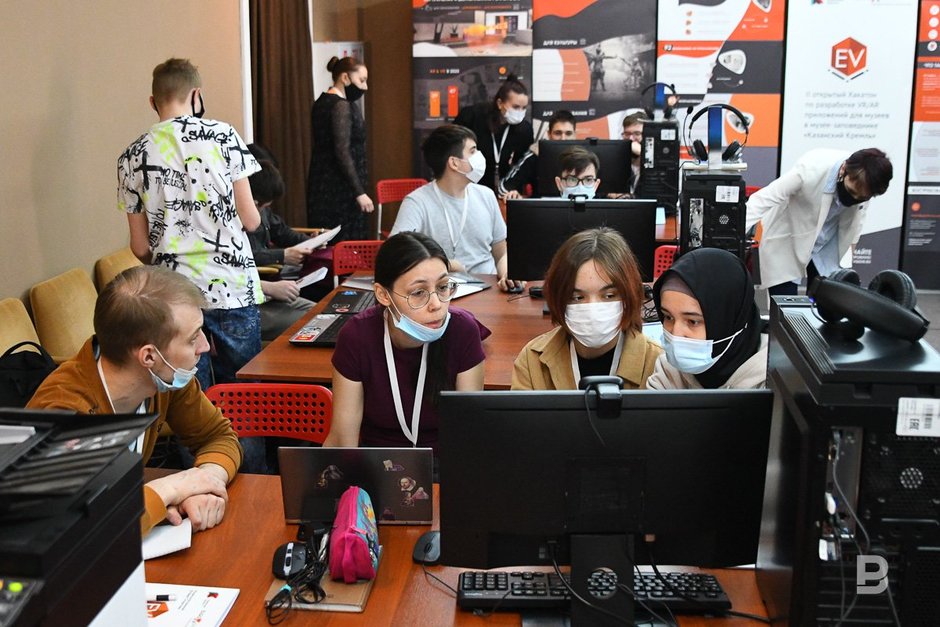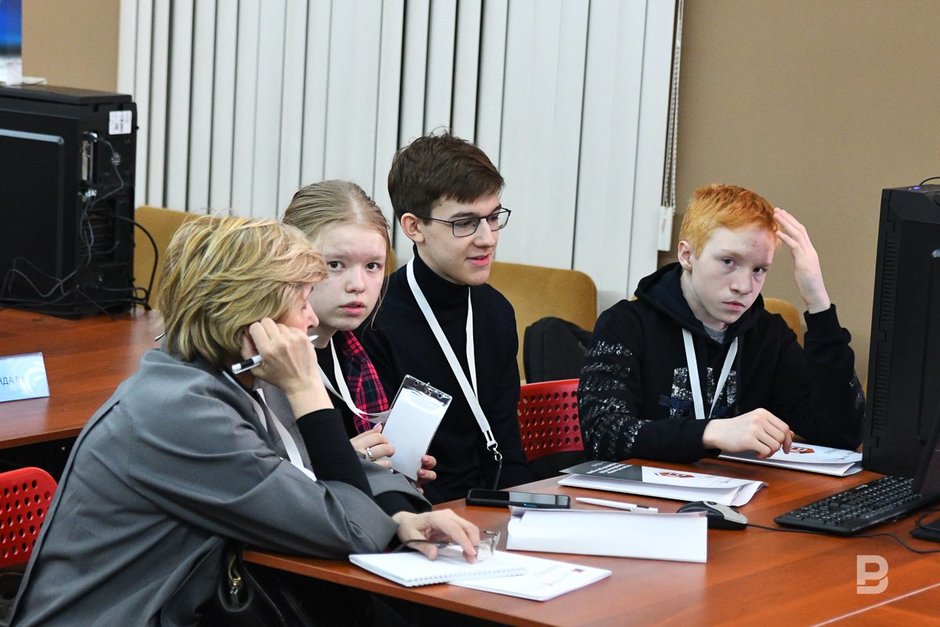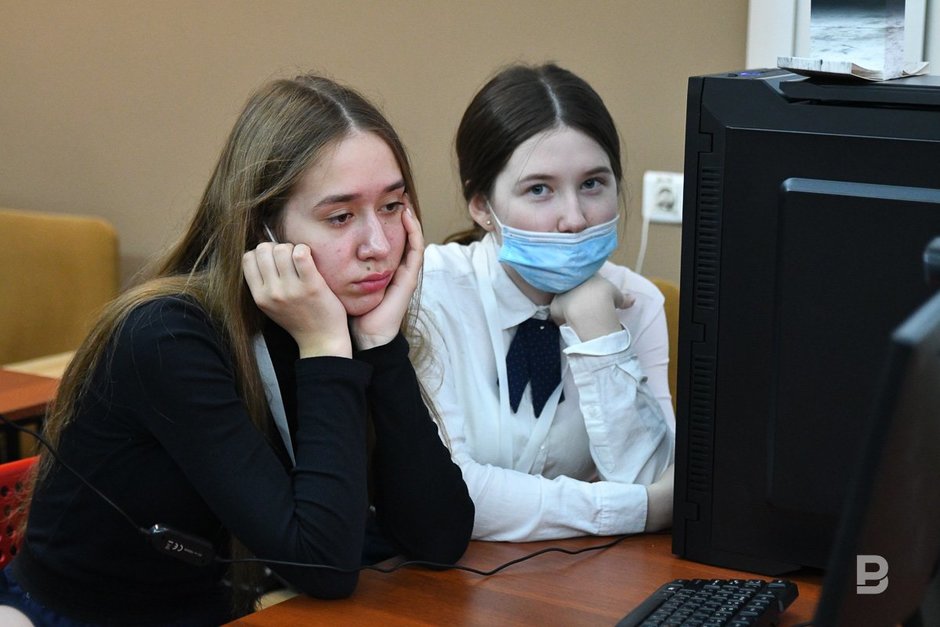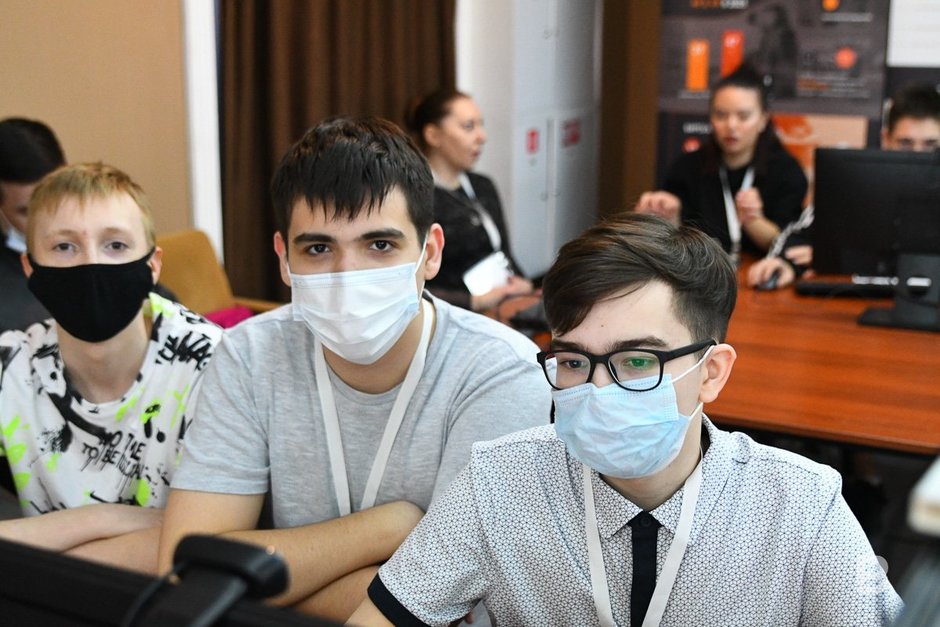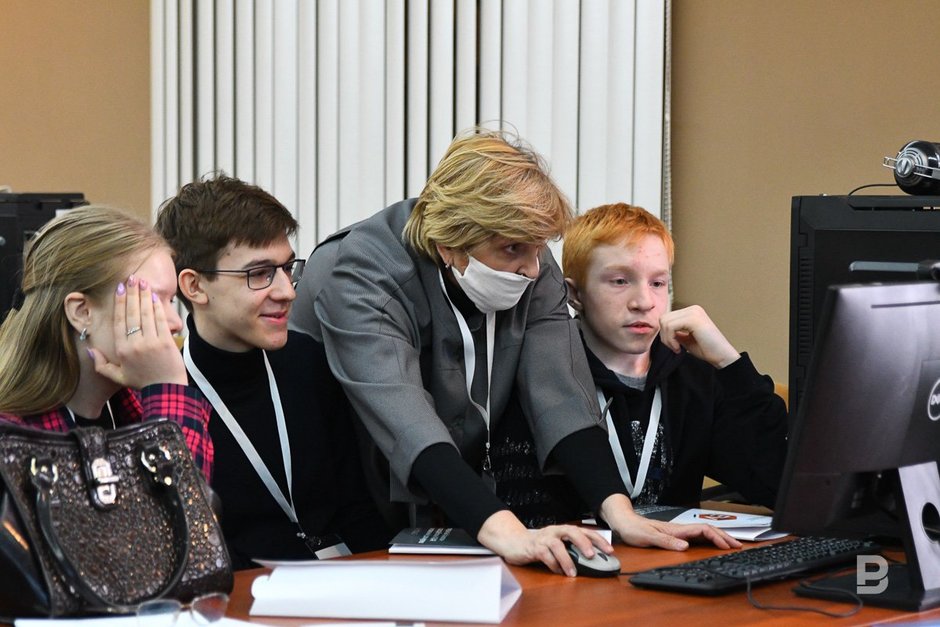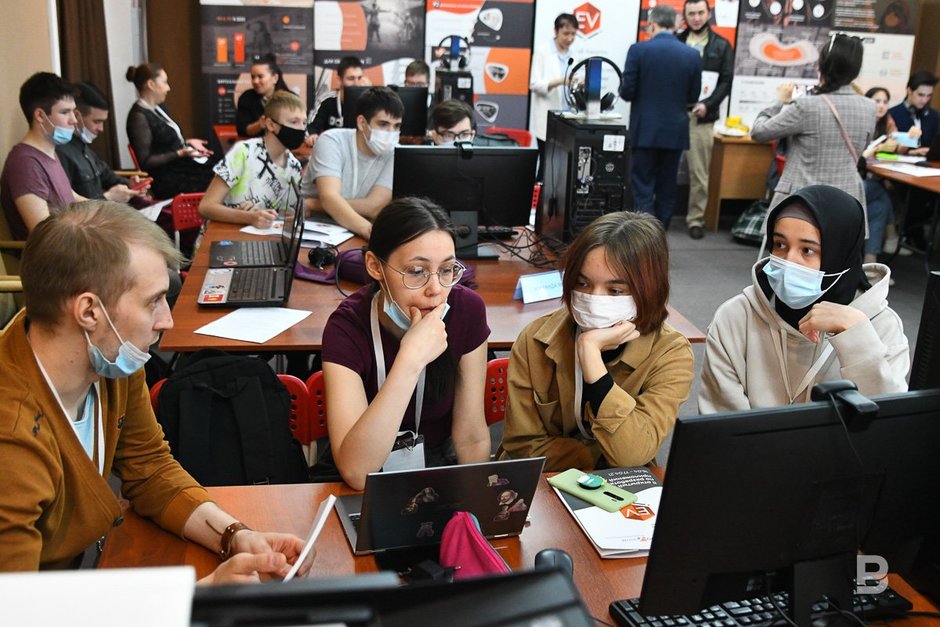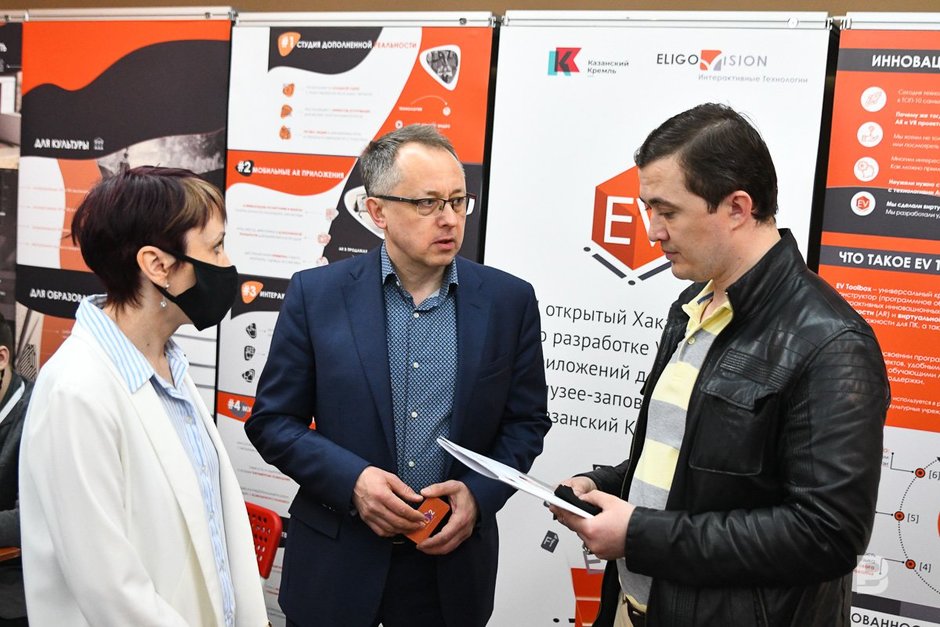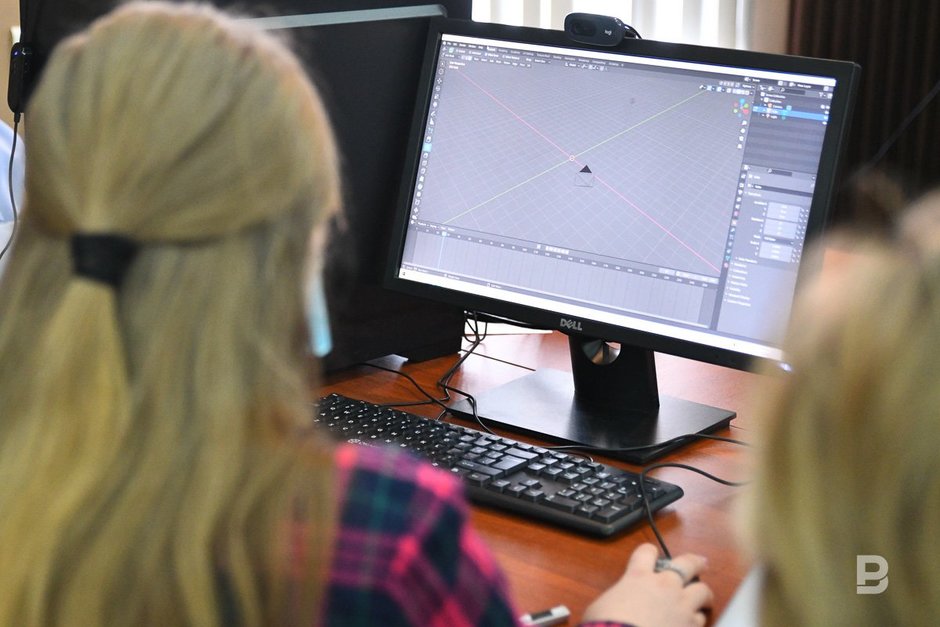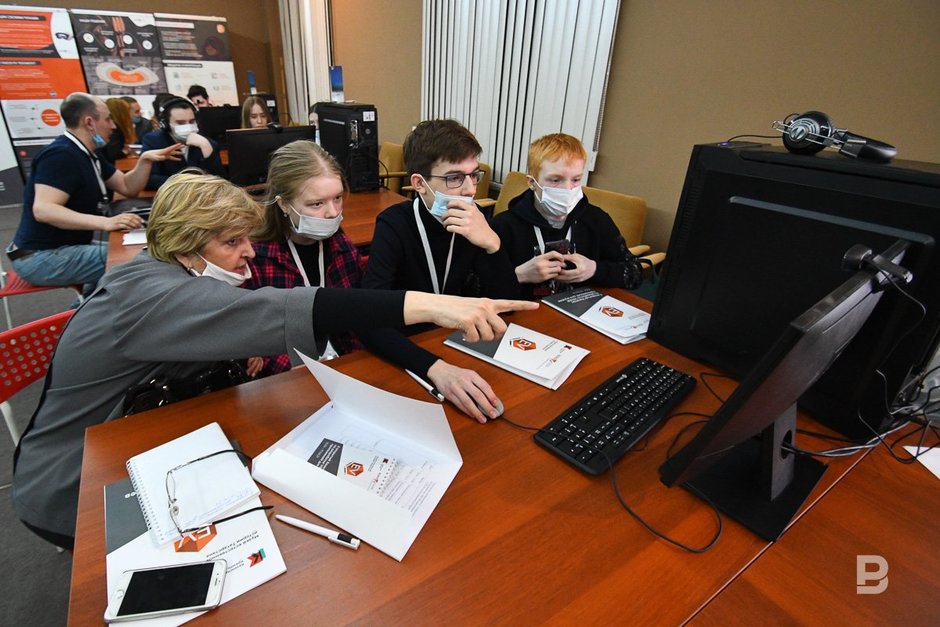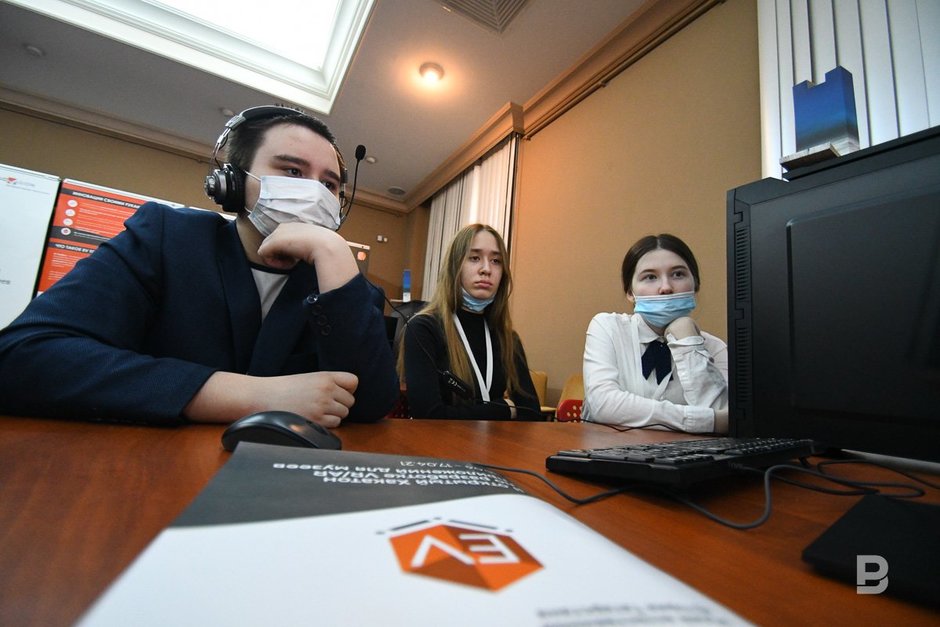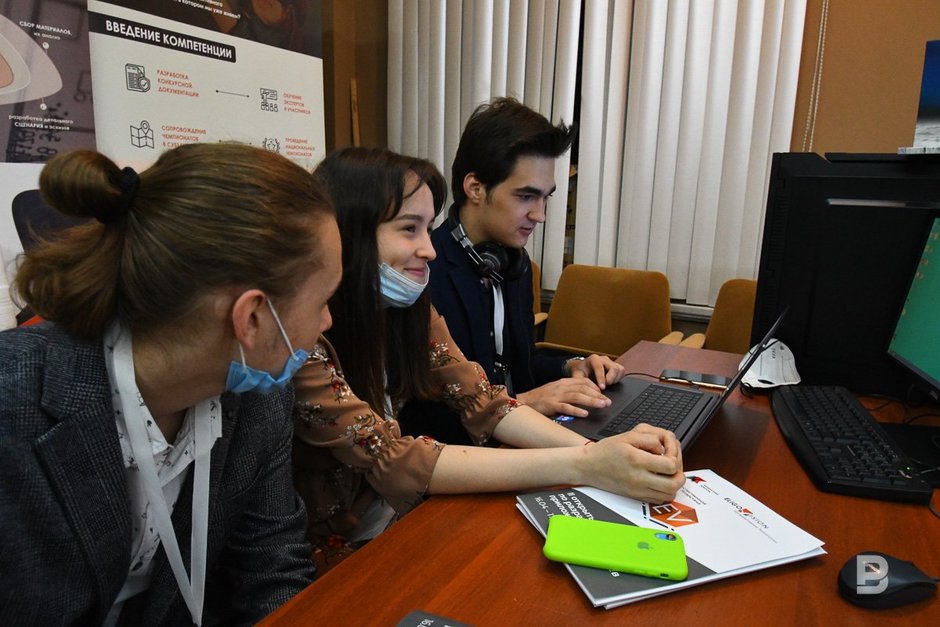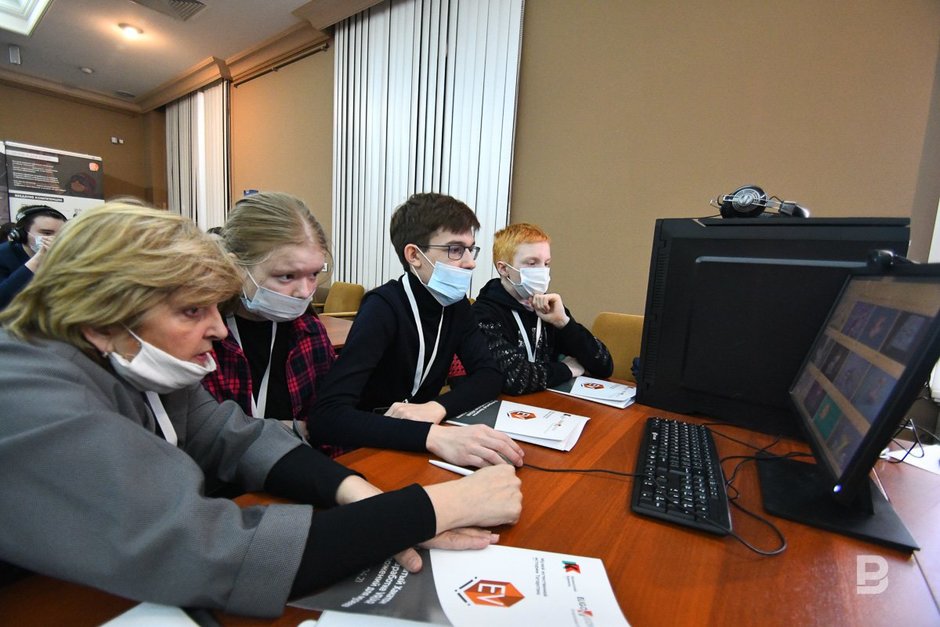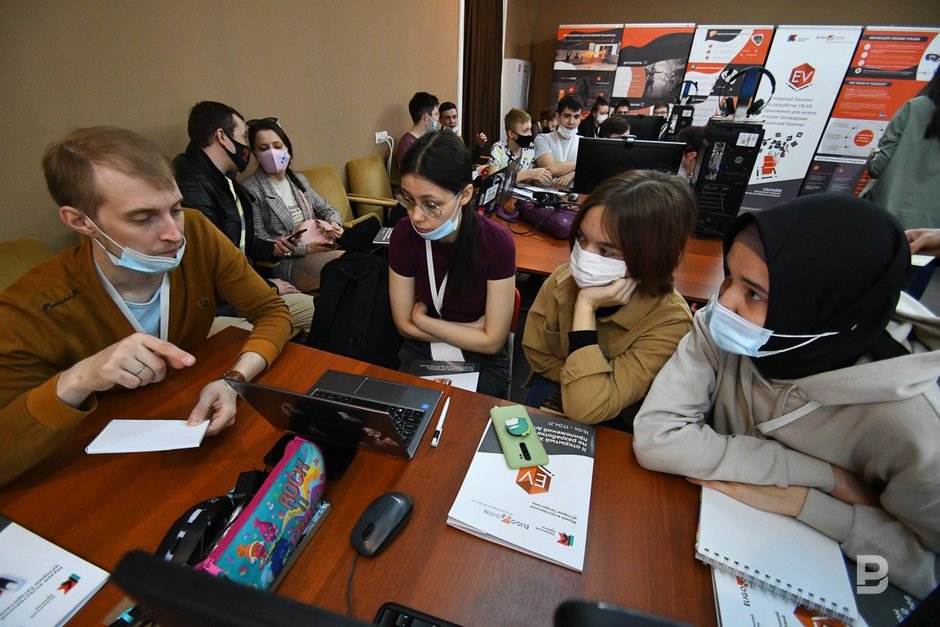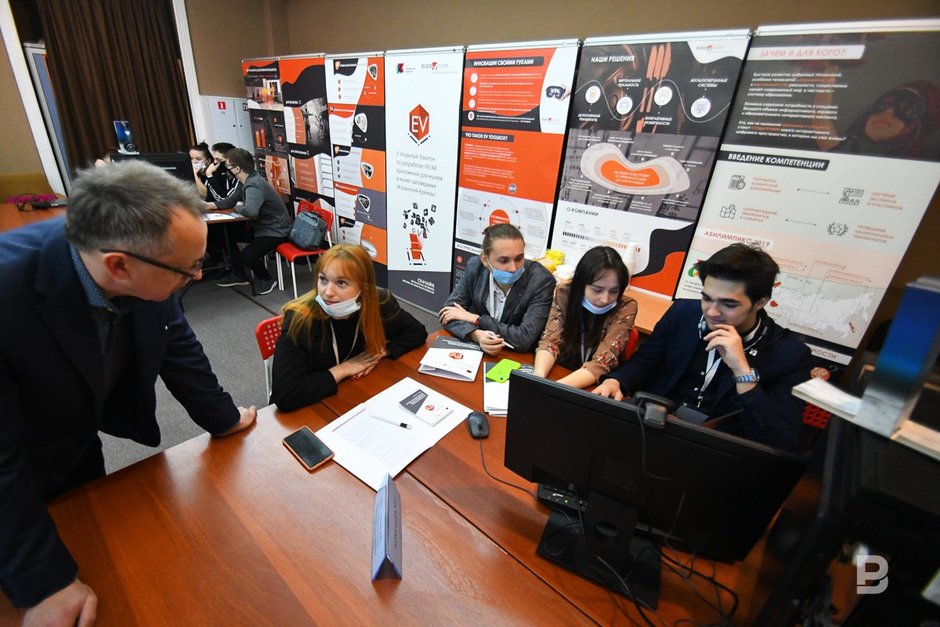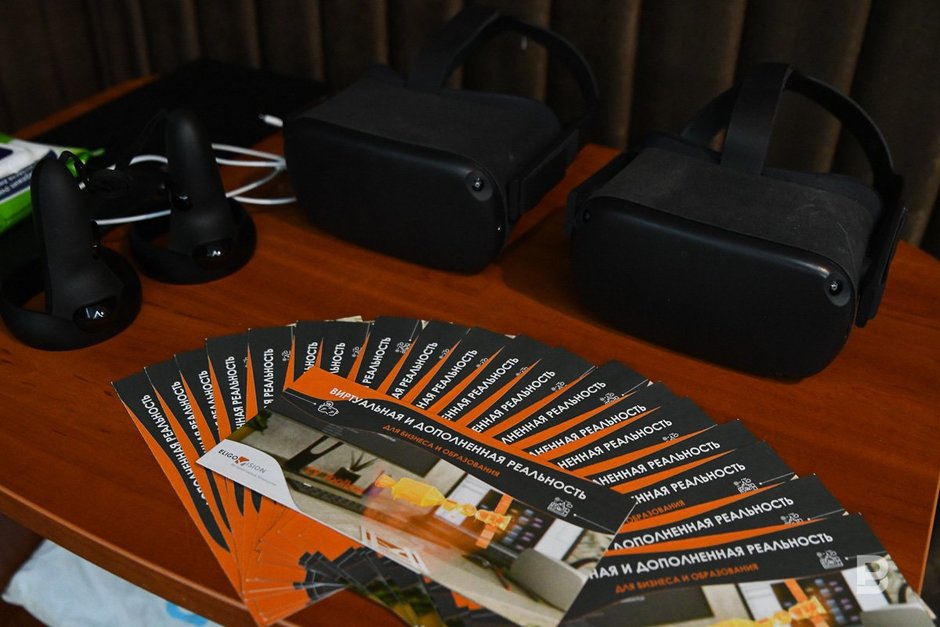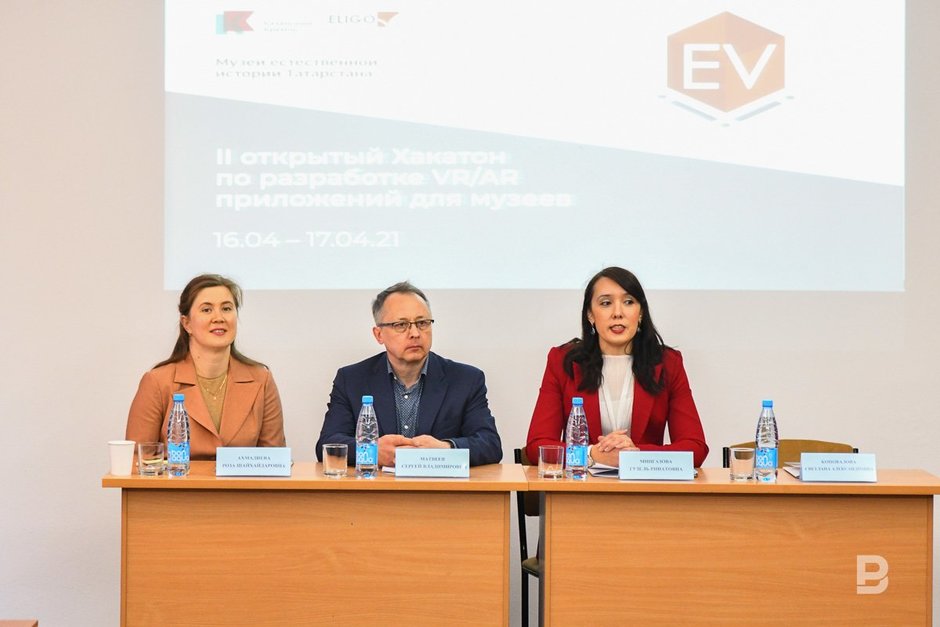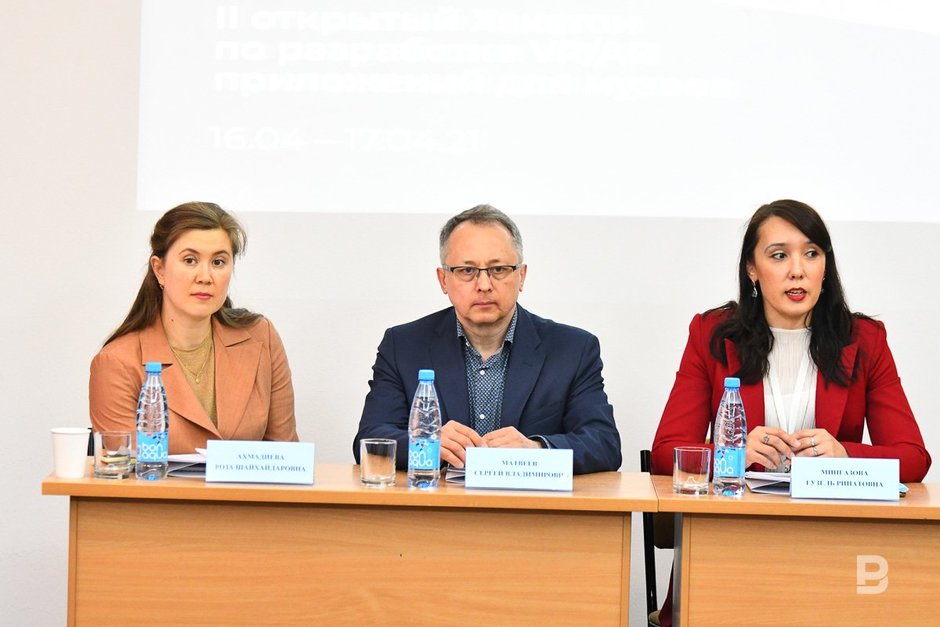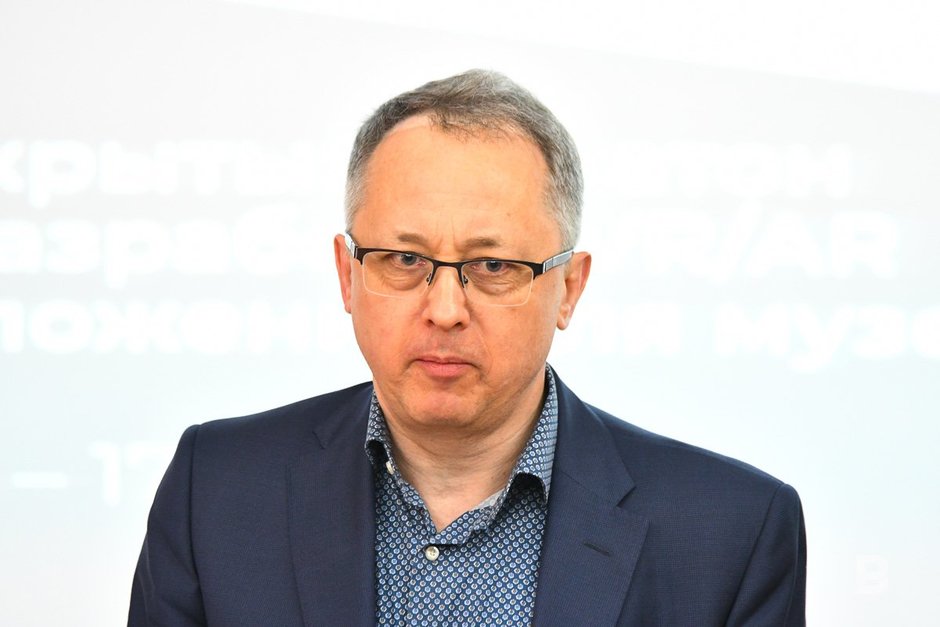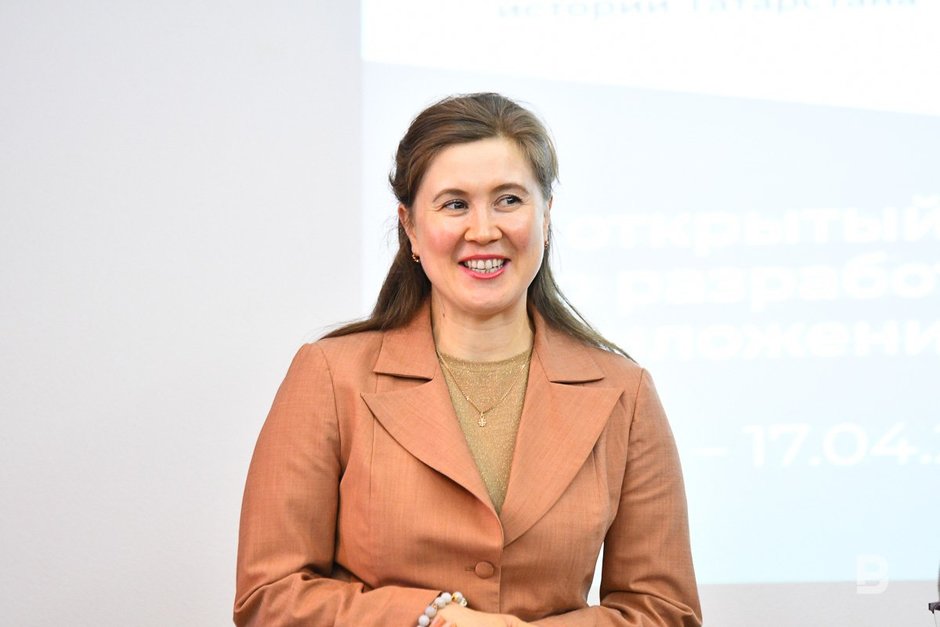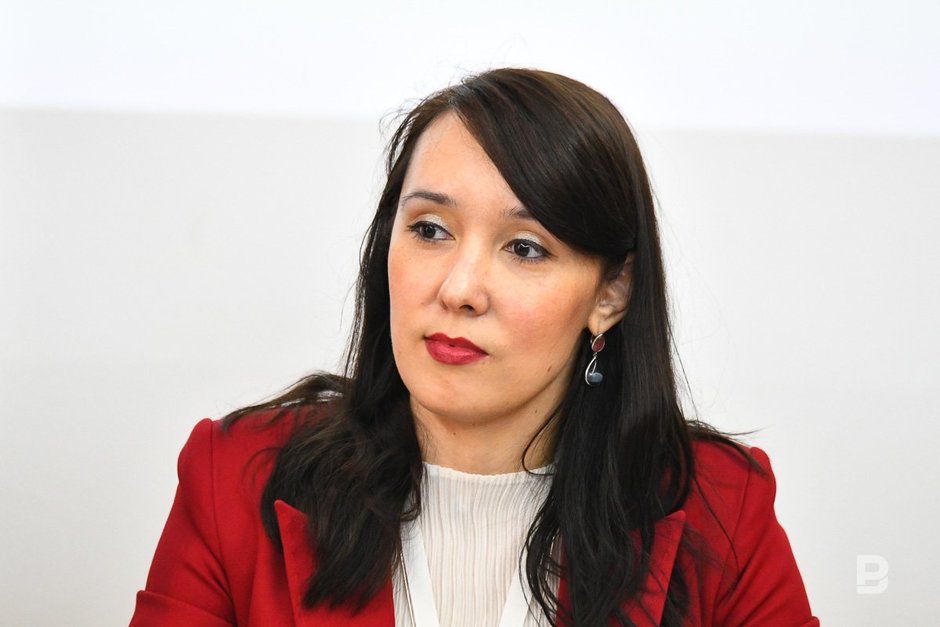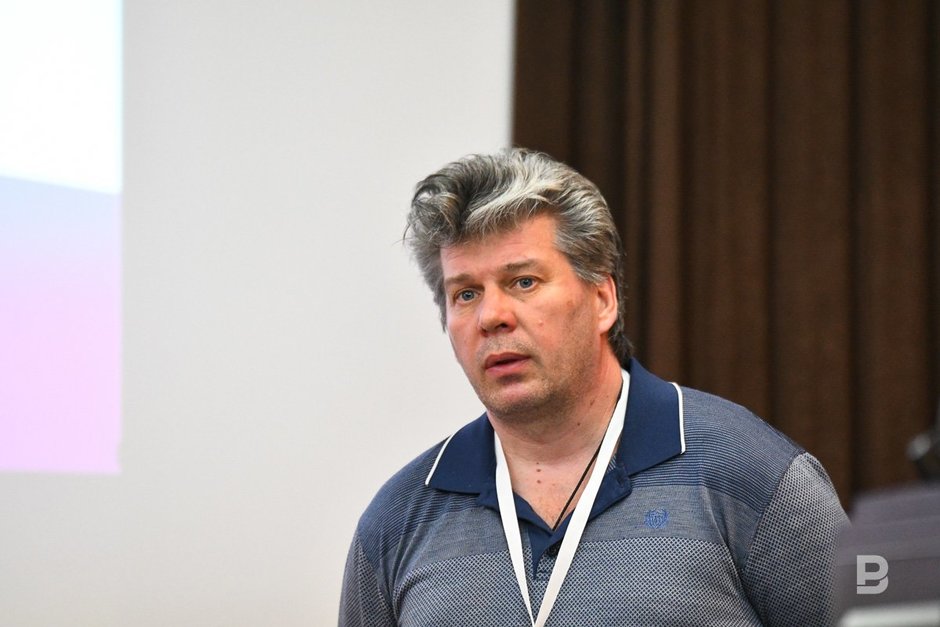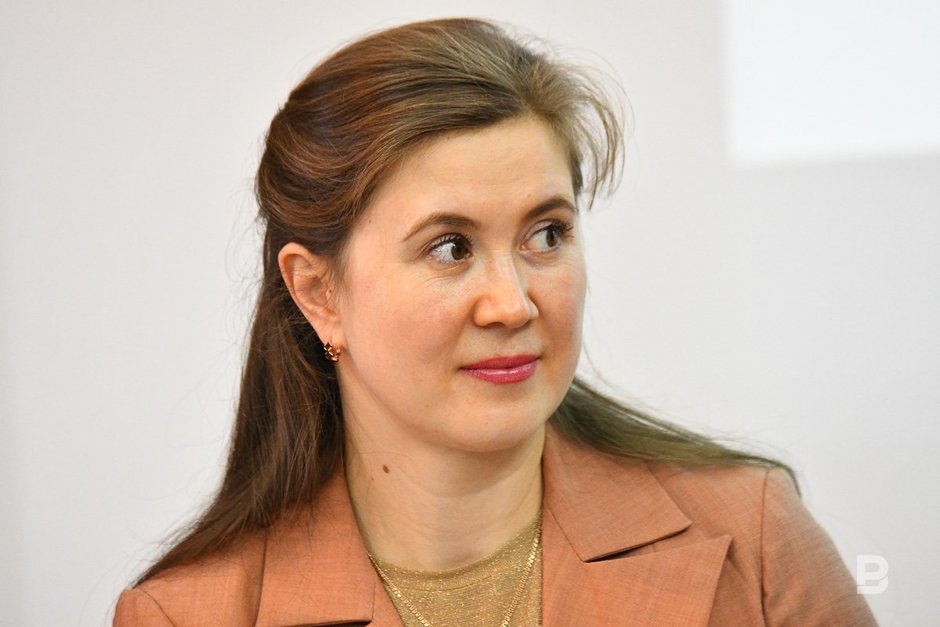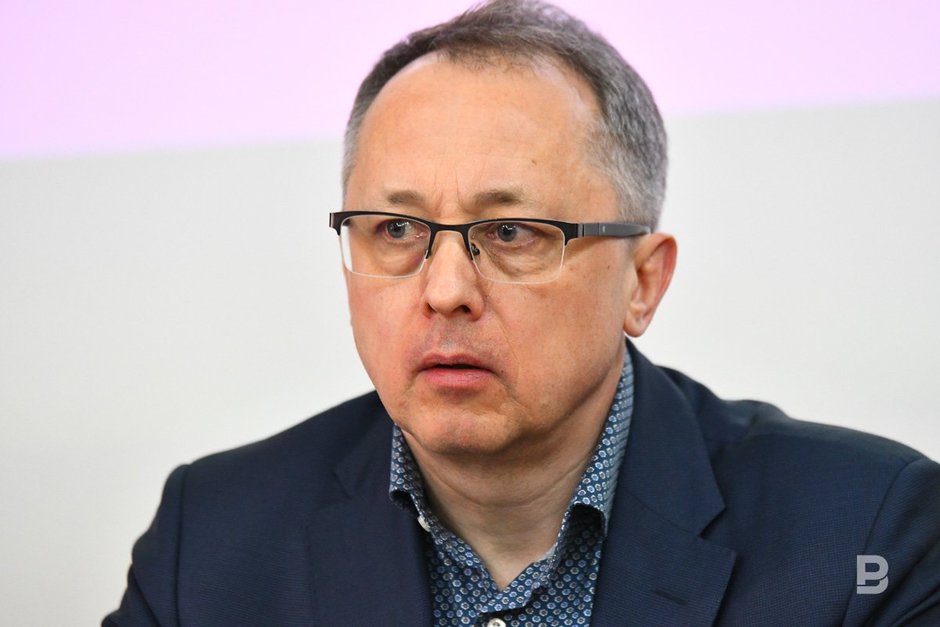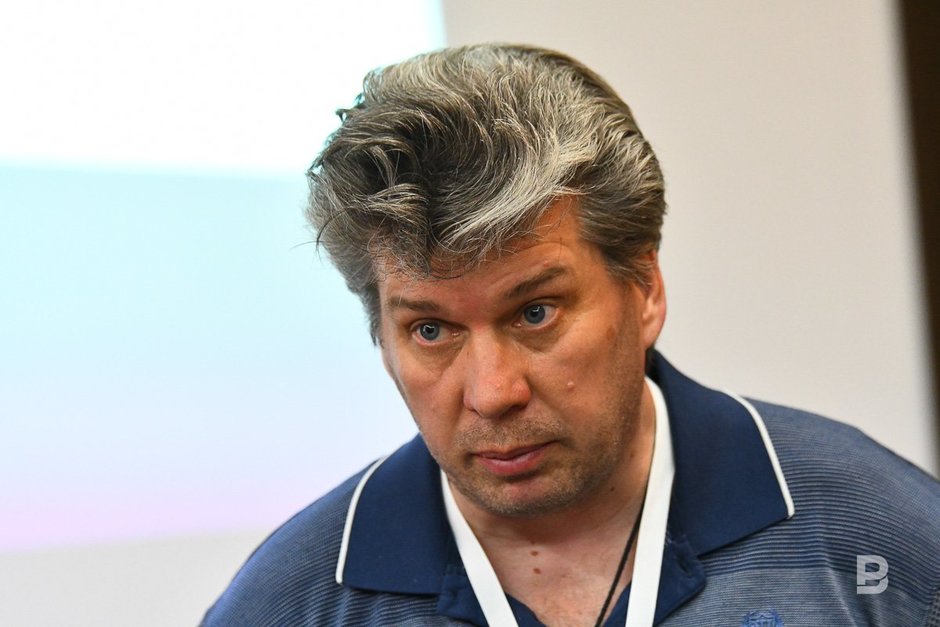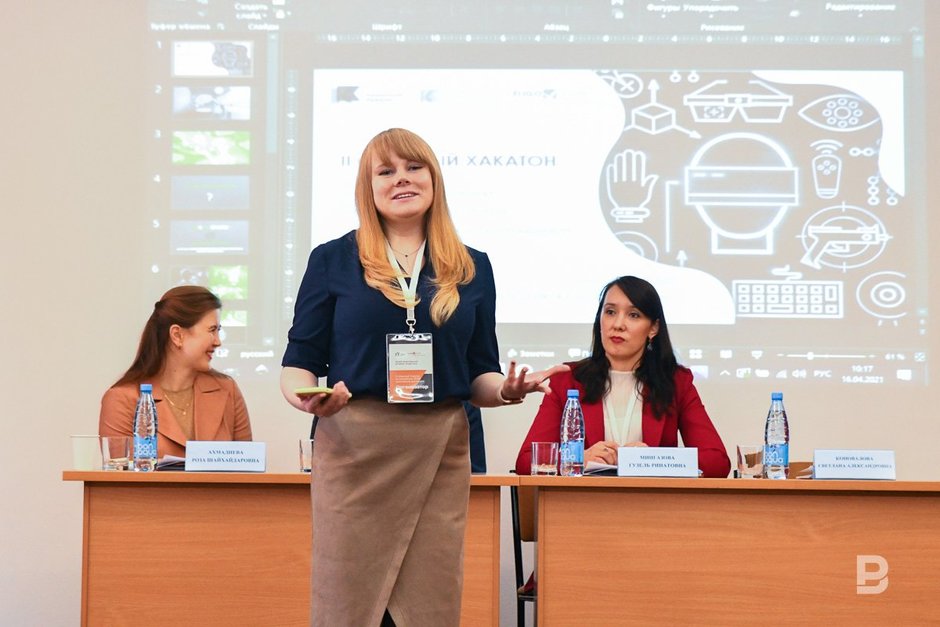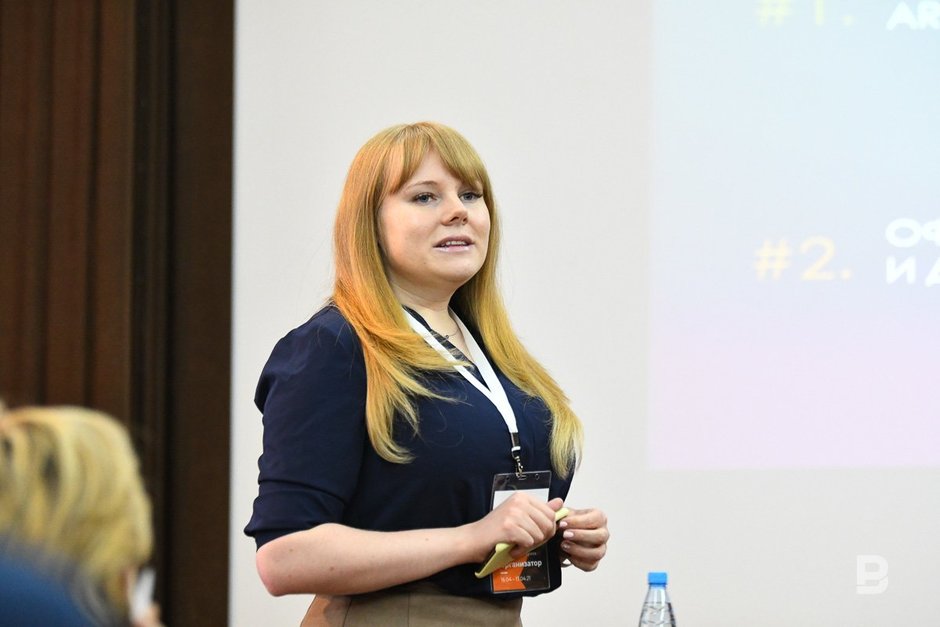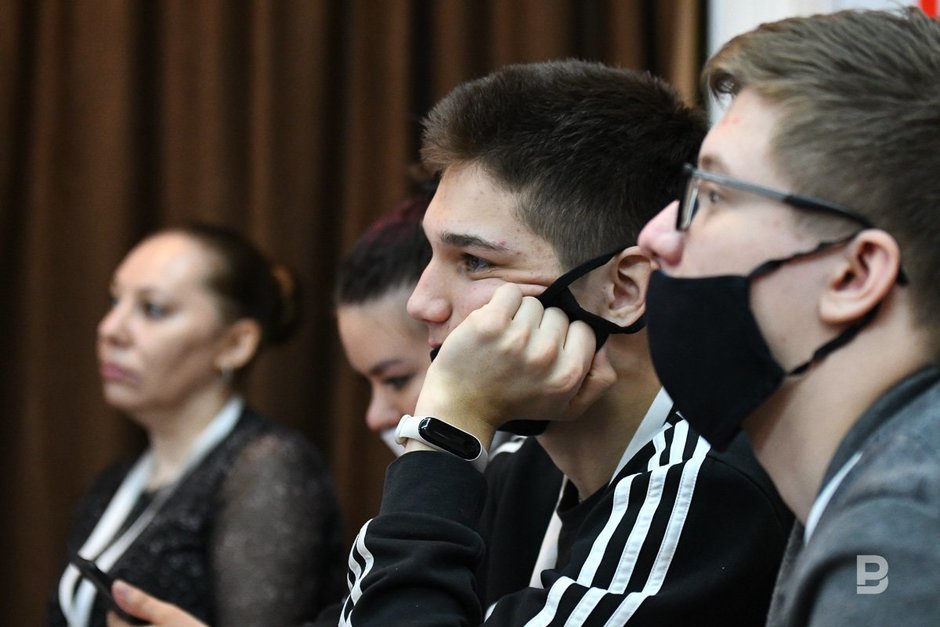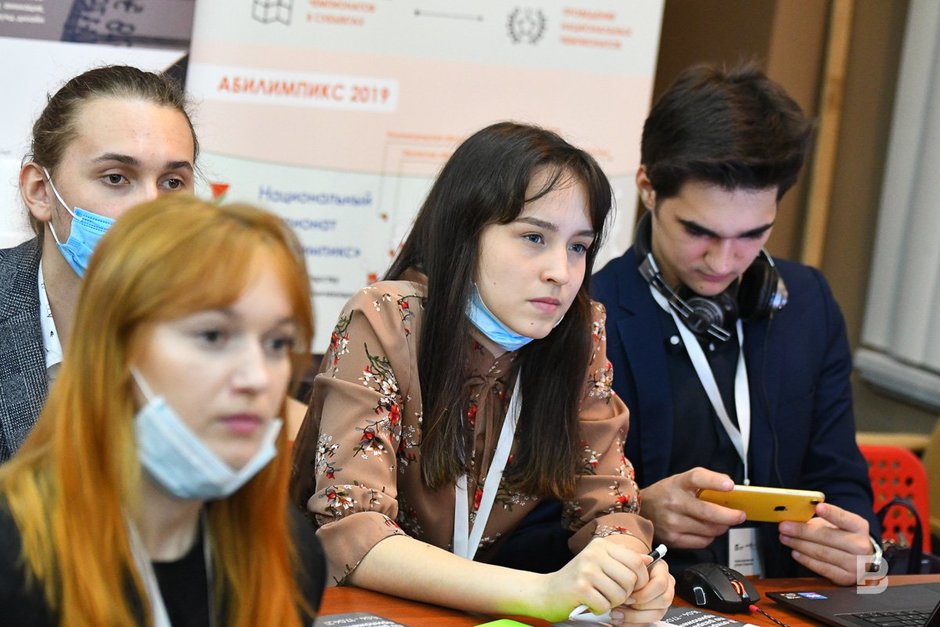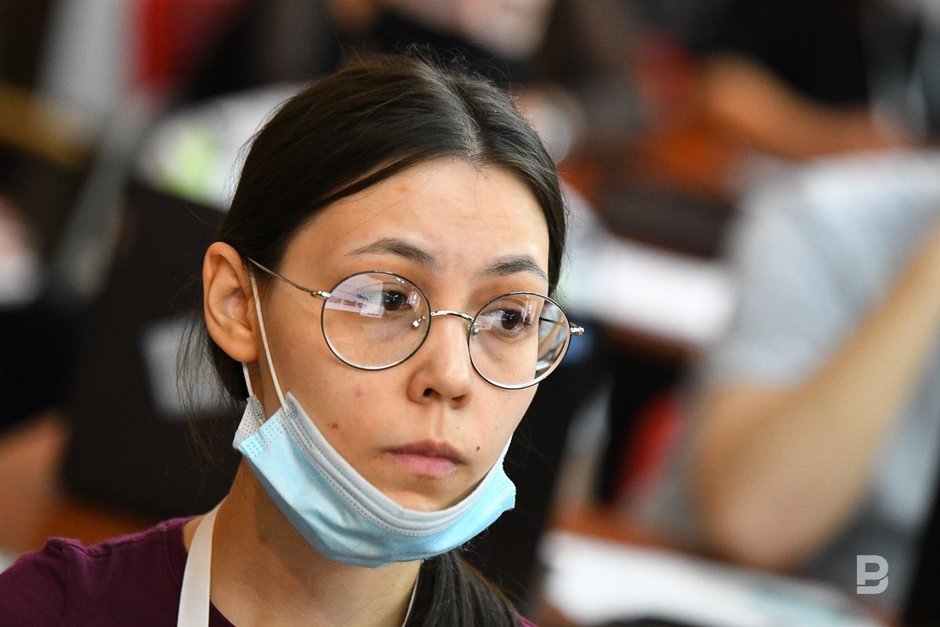Space and dinosaurs: how Natural History Museum dreams about AR/VR
How schoolchildren of Tatarstan master VR, if dinosaurs will resuscitate and what kids will learn about space
On 16 and 17 April, the Kazan Kremlin State History and Architecture Art Museum-Reserve hosted the 2nd open hackathon to develop AR/VR apps for museums. Not experienced programmers but students of schools, colleges and institutes were in front of computer screens in the workshop. They created projects of apps that after improvements can be used for wide interaction between the museum and its visitors. Read in Realnoe Vremya’s report how young developers tried their hand in the big world of VR programming from scratch.
Around VR in two days
Competitors of the hackathon created added and virtual reality apps in two days. One of the goals of the hackathon is to help schoolchildren and students develop engineering skills: engineering and 3D modelling as well as work with AR/VR technologies.
The event, of course, was dedicated to the 60th anniversary of flights into space. The participants’ projects were named Space Quest with respect. The project should be about the exposition of the Kazan Kremlin’s Natural History Museum.
Most competitors don’t have serious experience in programming. But they learnt the basics with the help of supervisors and helpers. They aren’t expected to create a real app: it is tough to create an app in two days even for a skilled team of programmers. The participants were rather generators of ideas and offered their vision of the app within the topic. Experts, in turn, were to decide if the idea could be used in the Kazan Kremlin’s museum. This hides another objective of the hackathon — to make a good idea a reality.
Each team had four members — three students and a supervisor. If the participants had questions, experts of EligoVision company could give them technical advice, while specialists of the Kremlin museum answered questions about history, the exposition.
Six teams of schoolchildren and students participated in the hackathon — they represented Kazan State Institute of Culture, Kazan Energy College, Lyceum No. 83 — Education Centre of Privolzhsky District of Kazan, Education Centre for Gifted Children — Junior Academy of Sciences from Zainsk District, V. Karpov Lyceum from Zelenodolsk District and Vysokaya Gora General Secondary School No. 3.
Why does the museum need digitalisation?
“Digitalisation in general is topical in all the spheres, including in culture. Culture is facing digitalisation — it is very important to find new ways of working with visitors <…> to widen their outlook, offer them a new way of interaction with the exposition,” thinks head of the department Natural History Museum of Tatarstan of the Kazan Kremlin State History and Architecture Art Museum-Reserve Guzel Mingazova.
According to her, digitalisation has a positive impact on making the museum more popular. Many visitors said that the museum is very interesting and outperforms its rivals thanks to interactive elements. For instance, the app Paleo AR tour enjoys huge success here. One can take a photo with a baby mammoth, snow leopard or sabertooth — one just should wait for a necessary 3D moment in the exposition.
Meanwhile, Tatarstan’s Natural History Museum has the whole skeleton of a cave bear — the possibility of “resuscitating” him with AR technology would be one of the powerful gimmicks. Or, for instance, a hall describing an ancient sea instead of modern-day Tatarstan could also “terrify” visitors if there are certain technologies. So will the museum hackathon stop being a “toy” and turn the mode of serious developments on?
Immense space
The experts of EligoVision, which deals with developments in interactive 3D visualisation, helped the young competitors technically.
“We help from a digital perspective, the implementation of the project. We familiarise the lads with software. They do it quite successfully: the first menu, buttons, ideas of how to place content and tags in the museum are appearing because the museum would like to use the most successful projects in its activity in the future,” said head of projects at EligoVision Yekaterina Novikova.
According to her, they tried not to restrict the participants when it comes to interpretation — projects could be directly linked with both space exploration and illustrate the theory of dinosaurs’ death from a meteorite.
The percentage of a project’s completion depends on the team’s training level — it can be both 80% and 25%. But the idea can be more complicated, for instance, when external services are connected. This is why everything depends on the project itself.
Not victory is key
Realnoe Vremya’s correspondent talked with the supervisors and tried to learn more about their projects and preparation.
The team of Kazan State Institute of Culture doesn’t have experience in programming, and it is their first hackathon. But their supervisor — senior teacher of the Department of Fine Arts and Design of Faculty of Innovations and Folk Culture Traditions Pavel Kharitonov — had already competed in such an event.
According to him, the team tries to take the museum’s exposition into account: students plan to develop a component that a user can take as a souvenir.
The team of Vysokaya Gora General Secondary School No. 3 participated in the hackathon for the first time too. The team’s supervisor, Vice Director of Information of the school Tagir Khamitov said they were preparing a digital guide to the planets of the solar system designed primarily for primary school — a little visitor can get information about each planet explained in a clear way: “We want to explain to children what space is in a clear way. We will explain the basics.”
The supervisor explained to us the reason for their trip to the hackathon: “I have heard the words VR/AR. For some, it is the present, while for our education system it is a remote future. I would like at least these lads to get acquainted with it.”
Both supervisors noted that, first of all, they didn’t arrive to win and get prizes but gain experience and knowledge.
